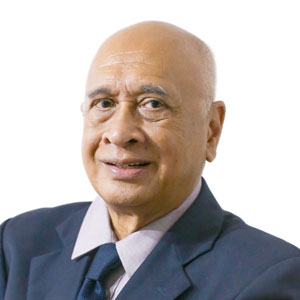ONE hundred twenty years ago, the seventh-largest island in the Philippines — Mindoro — was known not only for its Tamaraw and indigenous tribe called the Mangyan but also for its fertile grounds where folks from nearby Batangas and Cavite successfully resettled as tillers of the soil, entrepreneurs or fishermen. It was the conducive setting of peace and quiet surrounded by abundant natural resources for a country to begin with and, thereafter, to grow and mature economically, politically and socially with the cabecera located in Calapan.

By 1950, the island province was divided into two provinces — Oriental and Occidental Mindoro. Lately, Oriental Mindoro became the government center of Southern Tagalog's island provinces, namely Mindoro (Oriental and Occidental), Marinduque, Romblon, Palawan, collectively referred to as the Mimaropa region — with Mindoro island serving as "Luzon's Gateway to the South" to the island provinces of the Visayas and Mindanao via the Nautical Highway. At long last, the idyllic island described as "Mina de Oro" in the past finally reached the golden age for its sustainable development.
Continue reading with one of these options:
Ad-free access
P 80 per month
(billed annually at P 960)
- Unlimited ad-free access to website articles
- Limited offer: Subscribe today and get digital edition access for free (accessible with up to 3 devices)


